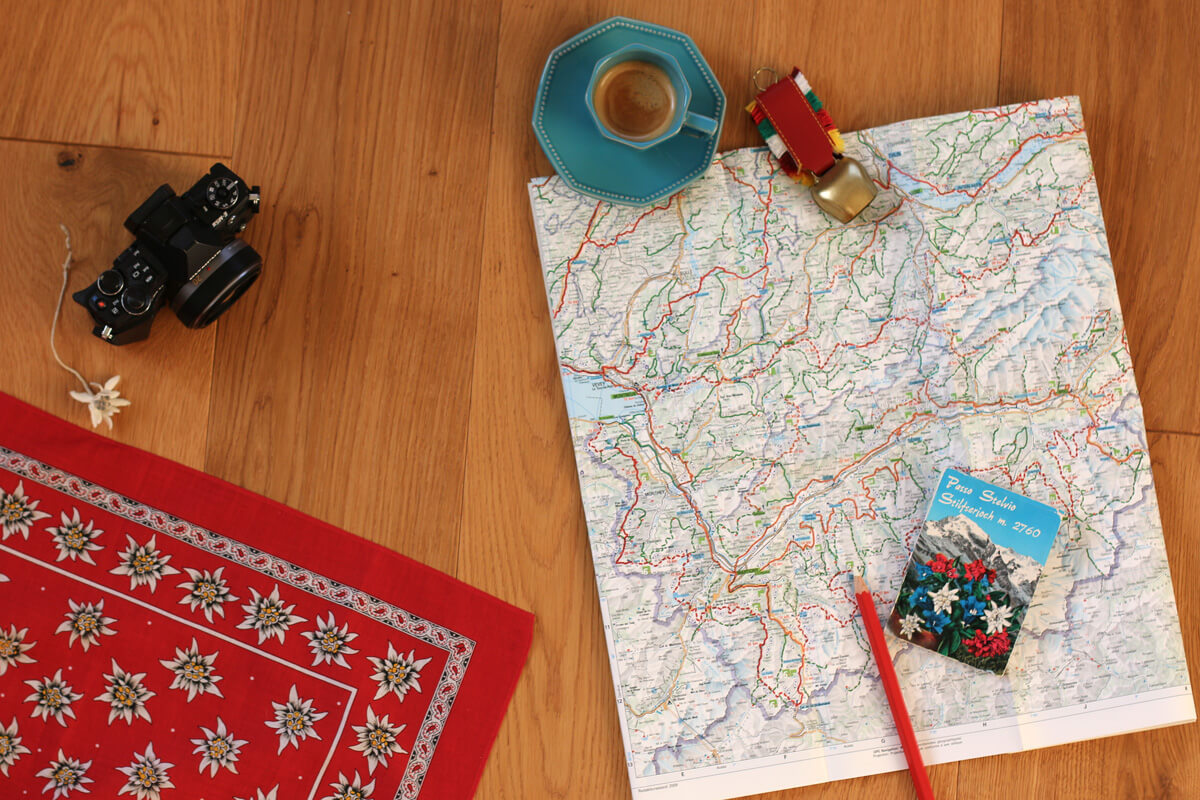
Planning the perfect trip to Switzerland can seem daunting for first-time visitors.
We routinely help friends and fans who reach out with questions like this: "Hi, we are planning a trip to Switzerland this June. My husband and I would like to see many highlights. Any suggestions?"
With a dense rail network covering over 5000 kilometers, hundreds of mountain peaks, and just as many highlights and museums, it makes sense to do some research upfront.
But where to start? This blueprint covers how to get around Switzerland and which Swiss towns to visit. We've also included practical information on visas, currency, transportation, and tipping.
Plan the perfect trip to Switzerland:
- 1. When is the best time to visit Switzerland?
- 2. What’s the weather like in Switzerland?
- 3. Will I need a visa to enter Switzerland?
- 4. What currency is used in Switzerland?
- 5. What are the rules for tipping in Switzerland?
- 6. What languages are spoken in Switzerland?
- 7. Rental cars vs. public transportation
- 8. Practical advice for your Switzerland packing list
- 9. Luggage services in Switzerland
- The Expert Guide to Your Life in Switzerland
- 10. And finally, which Swiss towns to visit?
1. When is the best time to visit Switzerland?
In short, Switzerland is friendly during any season.
But in all seriousness, the best time to visit Switzerland depends on what you plan on seeing and doing. I wholeheartedly recommend a trip to Switzerland during all seasons except for November and January.
Early spring is ideal for skiing. Late spring and summer are perfect for exploring Swiss cities and towns. Many destinations have lush public parks, flower festivals, or cherry blossom trees.
Late summer and autumn are the best seasons for hiking, as the sunlight will be softer. Also, many iconic Swiss traditions take place in autumn, such as alpine cow parades or chestnut festivals. And finally, what could be more romantic than getting snowed in a chalet in the Swiss Alps?
Spring and autumn are the best seasons to beat the crowds in Switzerland.
2. What’s the weather like in Switzerland?
The Alps may make you think that Switzerland is constantly cold. However, this is not the case; the country has increasingly experienced heat waves.
Please note that at these high altitudes, the sun is much stronger. When sun rays reflect off snow or water, there is an increased risk of sunstroke. Wear sunblock, a hat, and sunglasses, and hydrate.
In the mountains, the weather conditions can change drastically and without notice. The conditions may switch from warm temperatures to overcast skies with chilly winds and even blizzards. Therefore, wearing layers is essential to be prepared for any weather.
3. Will I need a visa to enter Switzerland?
Switzerland is a landlocked country located in central Europe. It borders Germany, Italy, France, Austria, and Liechtenstein.
While Switzerland is not a member of the EU, it is a member of the Schengen countries. Schengen covers much of continental Europe, and crossing borders among member countries is possible without a passport or visa.
You’ll only need to produce a passport when entering Europe (or Switzerland) from abroad. If your nationality requires a travel visa to enter Europe first, Switzerland will also be included in the Schengen visa.
4. What currency is used in Switzerland?
The Swiss franc is the official currency of Switzerland, with the abbreviation being CHF. Each franc is divided into 100 “cents.”
You might assume that all European countries accept the Euro, similar to having open borders. This is not the case in Switzerland, where the Swiss franc dominates. You may ask to pay in Euros even within Switzerland, but you will likely get a bad exchange rate.
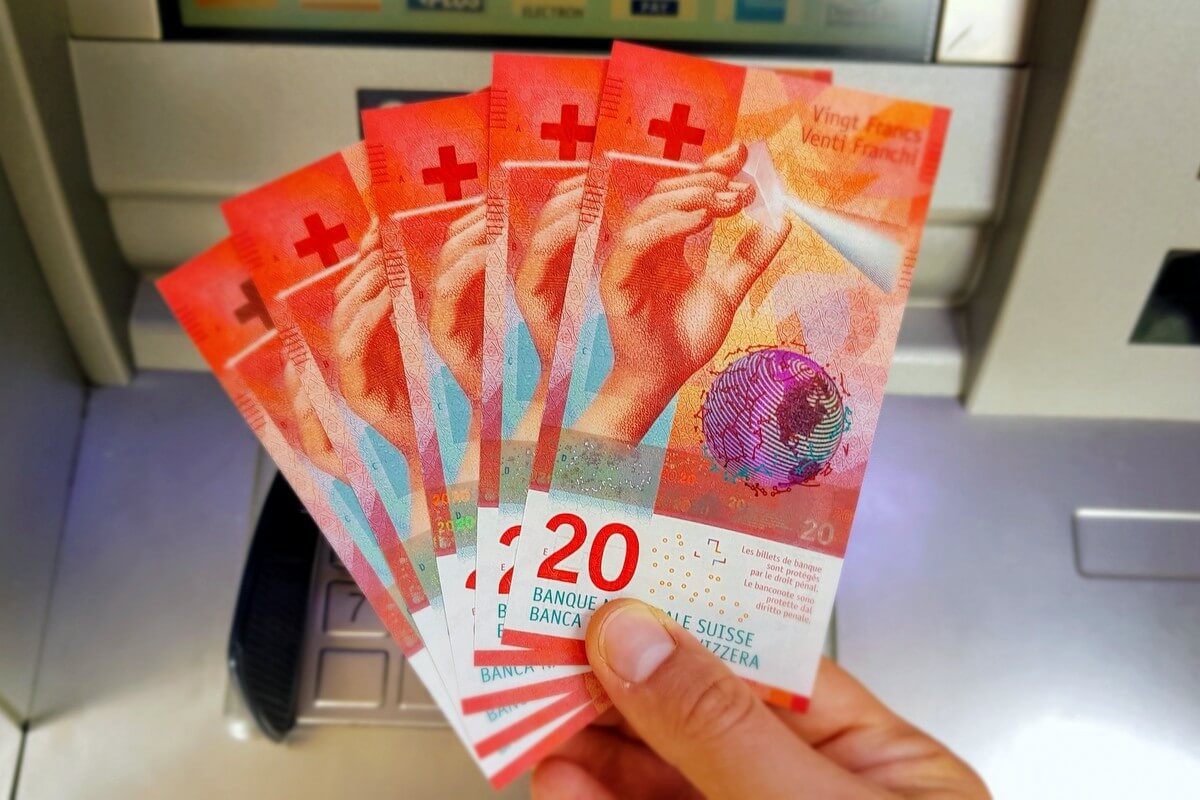
Credit cards are accepted widely, but note that smaller vendors often have a minimum charge set at 20 francs. You might need cash to pay the tab for a cup of coffee or a glass of wine. Some vending machines, luggage lockers, and honesty shops will only accept cash.
There is no need to exchange Swiss francs in your home country. Upon arrival at an airport or a major train station, seek out an ATM or a currency exchange. Many foreign banks charge a fixed fee for ATM withdrawals regardless of the amount, so limiting your withdrawals and getting more cash at a time makes sense.
A good rule of thumb is to exchange 50 francs per person (per day) in cash. (A cup of coffee can set you back 4.50 francs, a portion of spaghetti Bolognese, or a pizza up to 25 francs.)
Good to know: watch shops, jewelers, and boutiques will accept UnionPay and MasterCard credit cards and debit cards (the latter need a PIN code for verification). There is no need to bring large quantities of cash to pay for that luxury watch... A credit card with a chip and PIN code is a safe bet for paying in Switzerland.
5. What are the rules for tipping in Switzerland?
“Is tipping necessary in Switzerland?” We get this question a lot.
Switzerland does not expect tipping because tips are factored into the total price. However, many locals will reward good service by generously rounding up. Depending on the amount, some locals will round up to the nearest franc, five francs, or ten francs.
Unlike in the US, waiters and other service providers, such as hairdressers, are not relying on tips to make a living. But a nice tip will surely put a grin on their face.
Some everyday tipping situations in Switzerland:
- A café bill of 4.20 francs is rounded up to 5 francs.
- A bar tab of 16.50 francs is rounded up to 20 francs.
- A food bill of 93.50 francs is rounded up to 100 francs. (Rule of thumb: 8 to 10%)
- Tip 2 francs per piece of luggage brought to your hotel room by the bag handler.
6. What languages are spoken in Switzerland?
Switzerland has four official languages: German, French, Italian, and Romansh.
Most Swiss speak multiple languages. While it is a good idea to rehearse some basic terms in Swiss German or Swiss French, you should not have a problem getting by with English.
7. Rental cars vs. public transportation
Once you have decided to visit Switzerland, you must consider mobility options: to get a rental car or to buy a pass for unlimited use of Swiss public transport.
Switzerland by rental car
A British secret service agent showed the world some of Switzerland's most scenic roads. Switzerland Tourism has cleverly combined the most scenic routes as part of the Grand Tour of Switzerland, littered with highlights and beautiful vistas.
While many roads are easily accessible, even for average drivers, many require some guts. (Remember that James Bond has a particular knack for maneuvering those tight mountain roads.) In short, if you are used to driving on autopilot across the Plains, you might think twice about crossing the Alps by rental car.
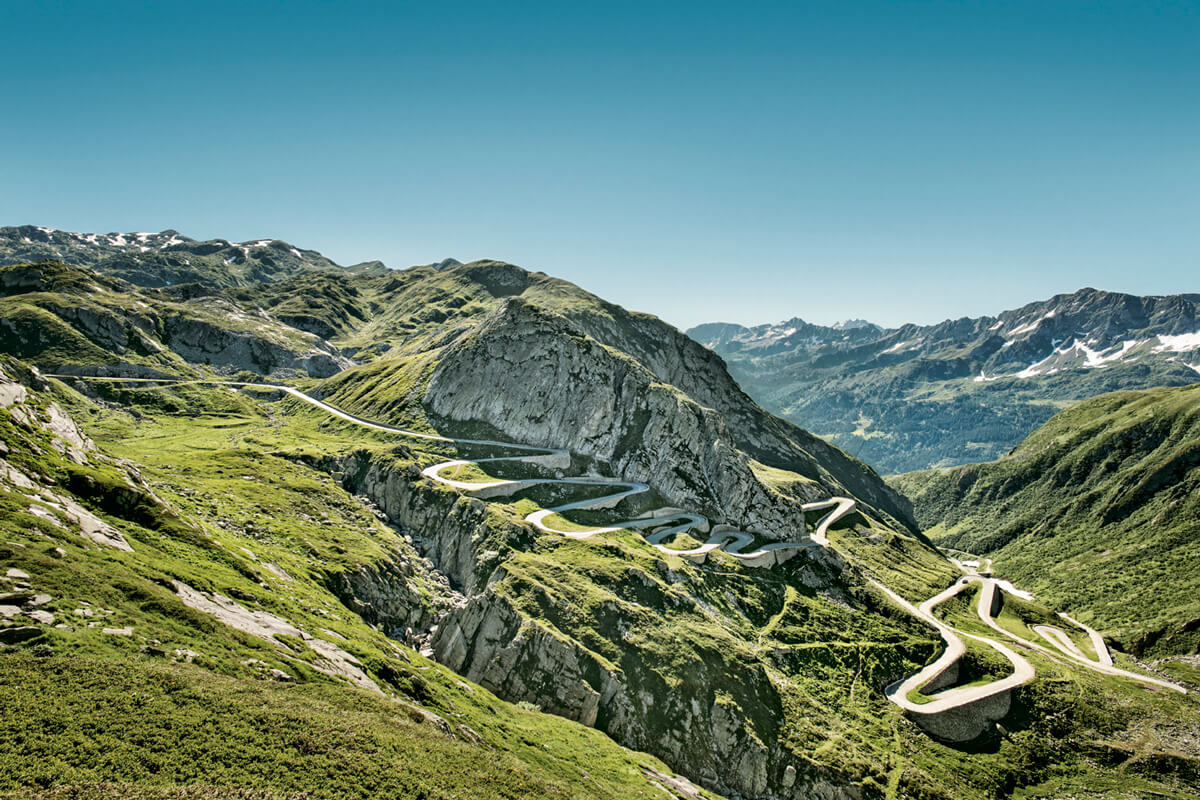
Switzerland has no toll roads, but each car must have a valid freeway sticker attached to the windshield. Any rental car will have one if you enter Switzerland from a neighboring country. Otherwise, purchase a "vignette" at a gas station.
Alas, the annual road tax in Switzerland is 40 francs per car. And a day’s parking pass could easily cost upward of 50 francs.
Conversely, a rental car provides flexibility to veer off the beaten path. And it could be less expensive than the alternative when shared among several travelers.
Switzerland by public transportation
There is hardly another country with such a dense network of trains, buses, and boats. Public modes of transport are reliable, modern, and clean.
The Swiss transportation system is fairly easy to comprehend, too. All lines have regular departure times, meaning that a particular bus always departs at the same minute every hour (i.e., at :02 and :32). The connections are smooth because Switzerland has a fully orchestrated timetable.
You will likely benefit from scenic views from behind oversized windows. Weigh this against a mid-sized rental car with narrow windows.
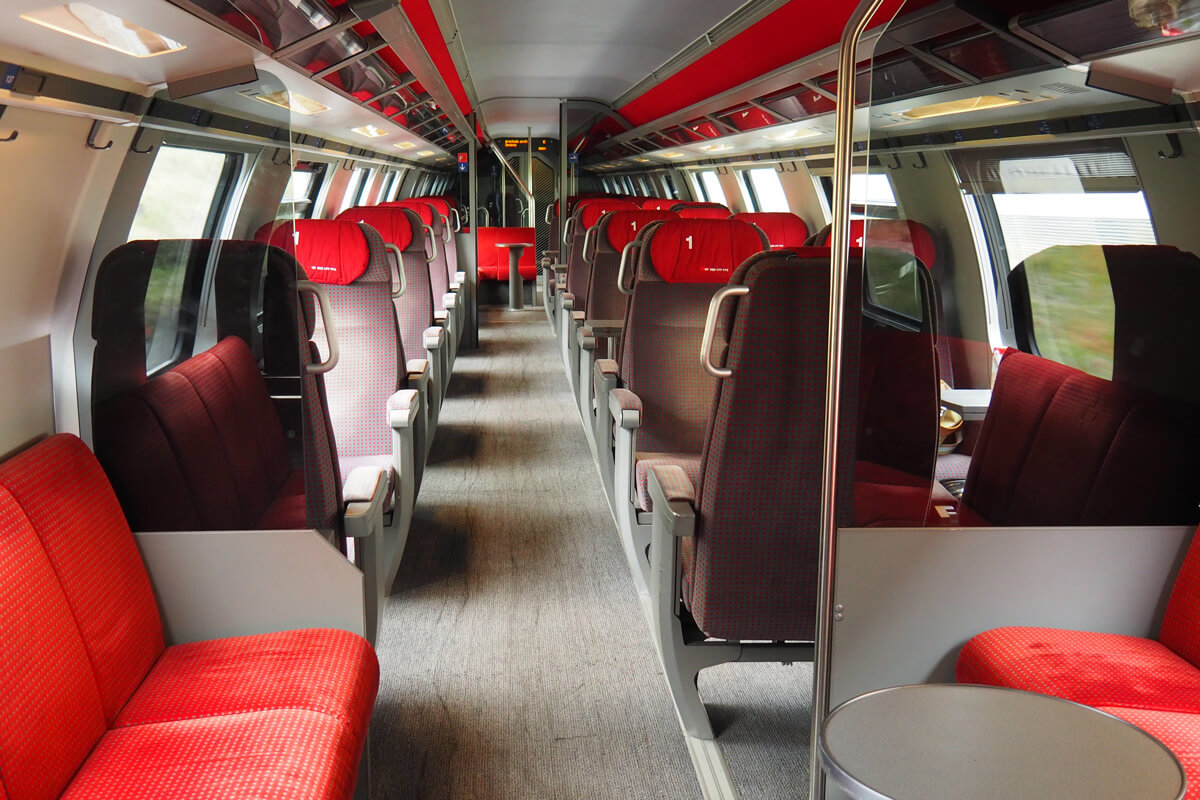
About the Swiss Travel Pass
In addition to the main rail operator Swiss Railways (SBB), Switzerland has many private train lines. Despite this complexity, tickets from point A to point B can be purchased at most any ticket vending machine.
In other words, a single ticket in Switzerland is issued regardless of the public transport operators involved. Essentially, you could buy several individual tickets or day passes for each leg of your trip.
The Swiss Travel Pass was designed to provide a hassle-free experience for those traveling by train, bus, and boat. Issued for 3, 4, 6, 8, or 15 days, the Swiss Travel Pass includes unlimited travel all over Switzerland.
This all-inclusive pass even covers premium trains such as the Glacier Express. You’ll gain free admission to more than 500 Swiss museums as an added benefit.
But this sounds all very cut and dry. Another chief reason for the Swiss Travel Pass is the sheer convenience: you never need to worry about having a valid ticket while you zip across the countryside or fetch a postal bus back to the hotel.
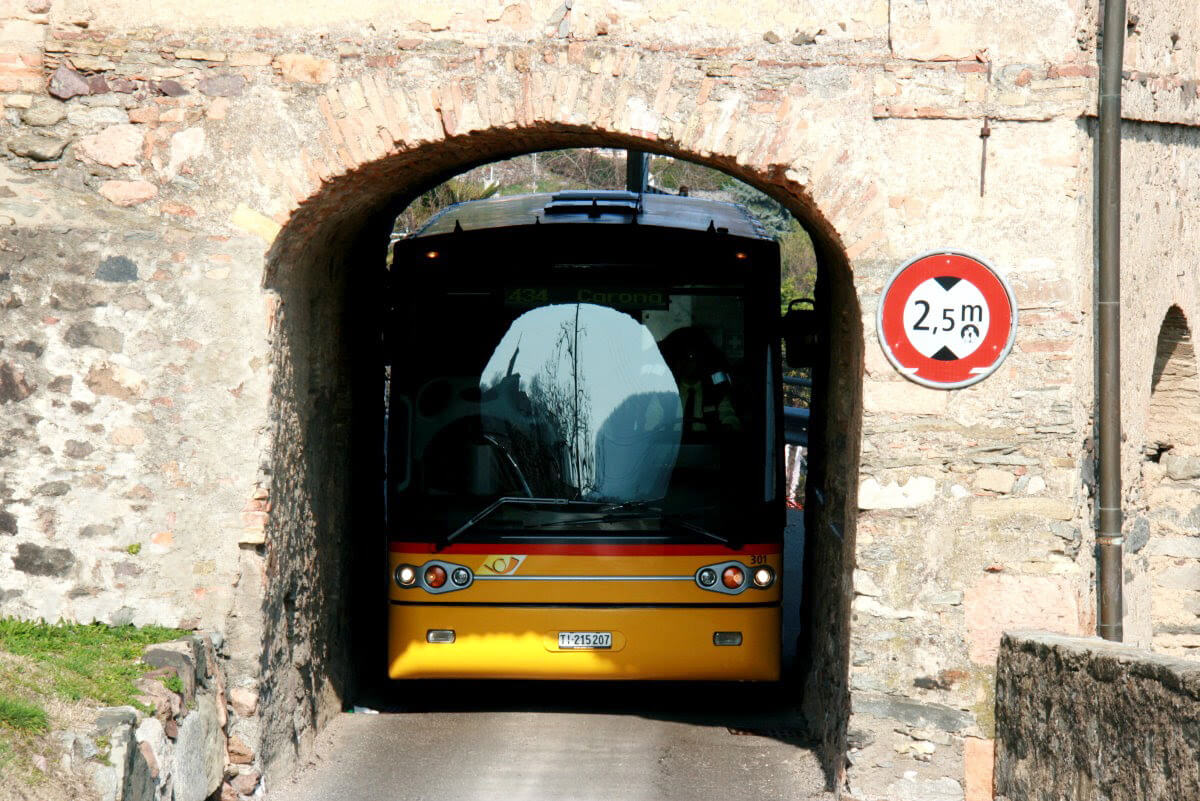
8. Practical advice for your Switzerland packing list
You must be wondering how to pack for Switzerland. A suitcase will "suit" you fine, but remember that it might need to fit into a luggage storage compartment at the train station. For reference, the largest "XXL" storage measures 44.7 cm x 61.5 cm x 88.0 cm.
Clothing
Switzerland's weather can be iffy, and it is not uncommon for a hot summer day to be followed by several days of cool, rainy weather. Temperatures drop with the sunset, and a sweater will keep you warm during those summer nights outdoors.
If you plan to visit mountain tops like the Jungfraujoch, wear a light down jacket and proper shoes because there will be snow and ice.
Except for Valais, temperatures in the lowlands are generally warmer than in the mountains.
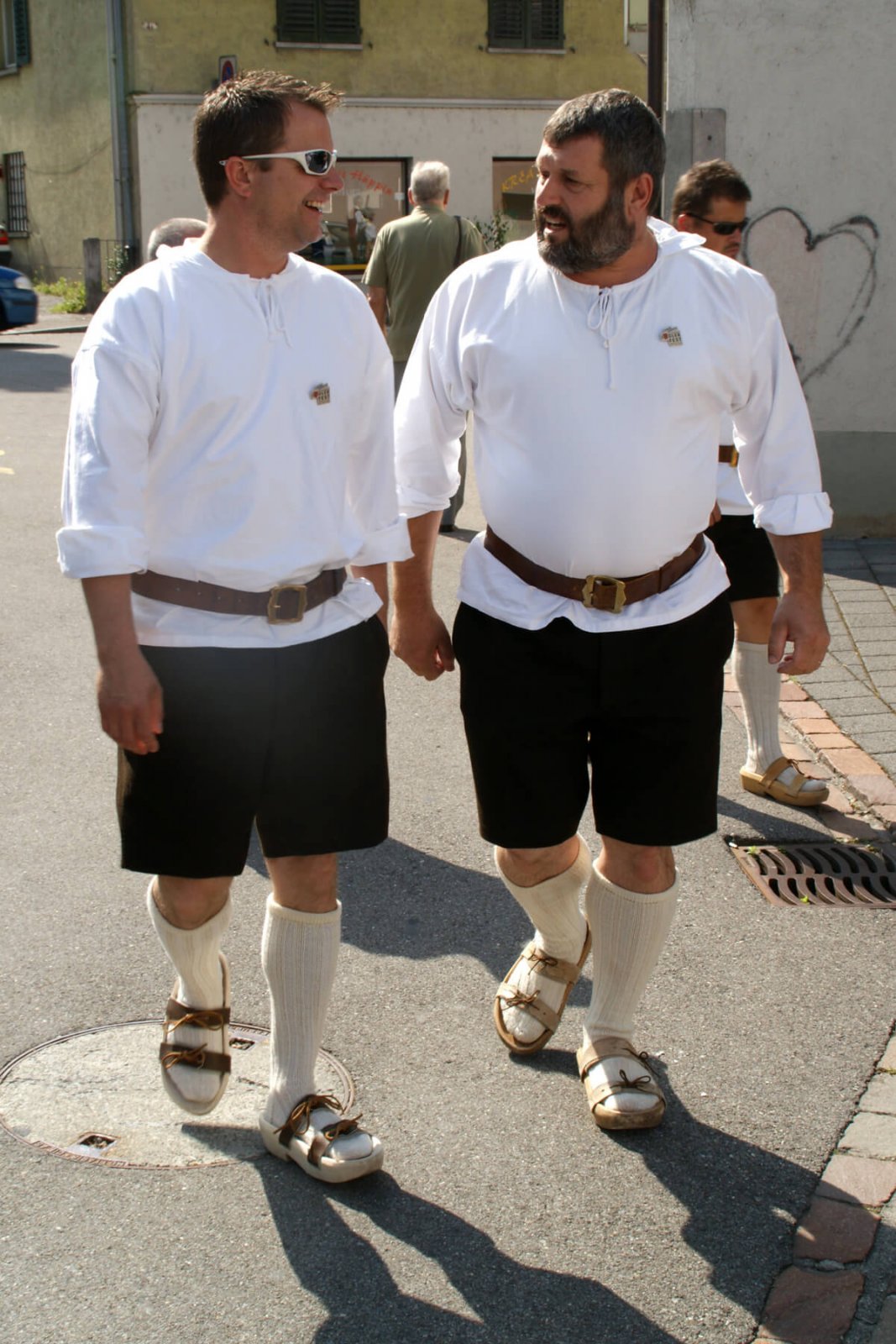
Travel adaptors for Swiss power outlets
The current in Switzerland is 220V/50Hz AC.
Power sockets feature three pins. Any device requires a Type J adaptor with two or three pins, whereas the latter is a grounding plug.
Since neither Australian, US, or UK power plugs work in Switzerland, bringing a Type J travel adaptor is essential. These can be picked up on Amazon or upon your arrival in Switzerland. Look for them at grocery stores, post offices, or kiosks. If all else fails, ask the concierge at your hotel whether they have a travel adaptor you can borrow.
9. Luggage services in Switzerland
Say you plan to move to a different place daily and stop at highlights. Many train stations have luggage lockers. You could bring your luggage and store it in a locker for a few hours while checking out the sights.
Here is a list of train stations with lockers. Just in case, bring some change, as some lockers may not accept credit cards.
Most conveniently, take advantage of the various levels of luggage services by Swiss Railways. For instance, while checking out at one hotel, you could have your luggage picked up and shipped to the night’s destination. Or you could drop your bags at a major train station and have them shipped to your destination.
The Expert Guide to Your Life in Switzerland
- Swiss public transport and must-see experiences
- How to save money in Switzerland
- Paperback, EN, 288 pages
A bible for residents and tourists in Switzerland. Filled to the brim with expert advice.
10. And finally, which Swiss towns to visit?
For first-timers, a popular triplet to visit is Bern (seat of the parliament and UNESCO World Heritage site), Lucerne (Chapel Bridge and Mt. Pilatus), and Zurich.
The three cities in the German-speaking part of Switzerland are an hour apart each, so they can easily be checked off your bucket list. Add Basel, with its more than 40 museums, for bonus points.
To experience Switzerland's southern charms, you have two choices: the Italian-speaking canton of Ticino with its stone houses and palm tree-lined lakes. Recommended places to stay are Locarno, Ascona, and Lugano. Or you pick the canton of Valais, a German and French-speaking mountainous region home to the Matterhorn.
We have extensively covered beautiful Swiss towns to visit. But if you are still unsure where to go in Switzerland, here are the top places to see in Switzerland in your lifetime.
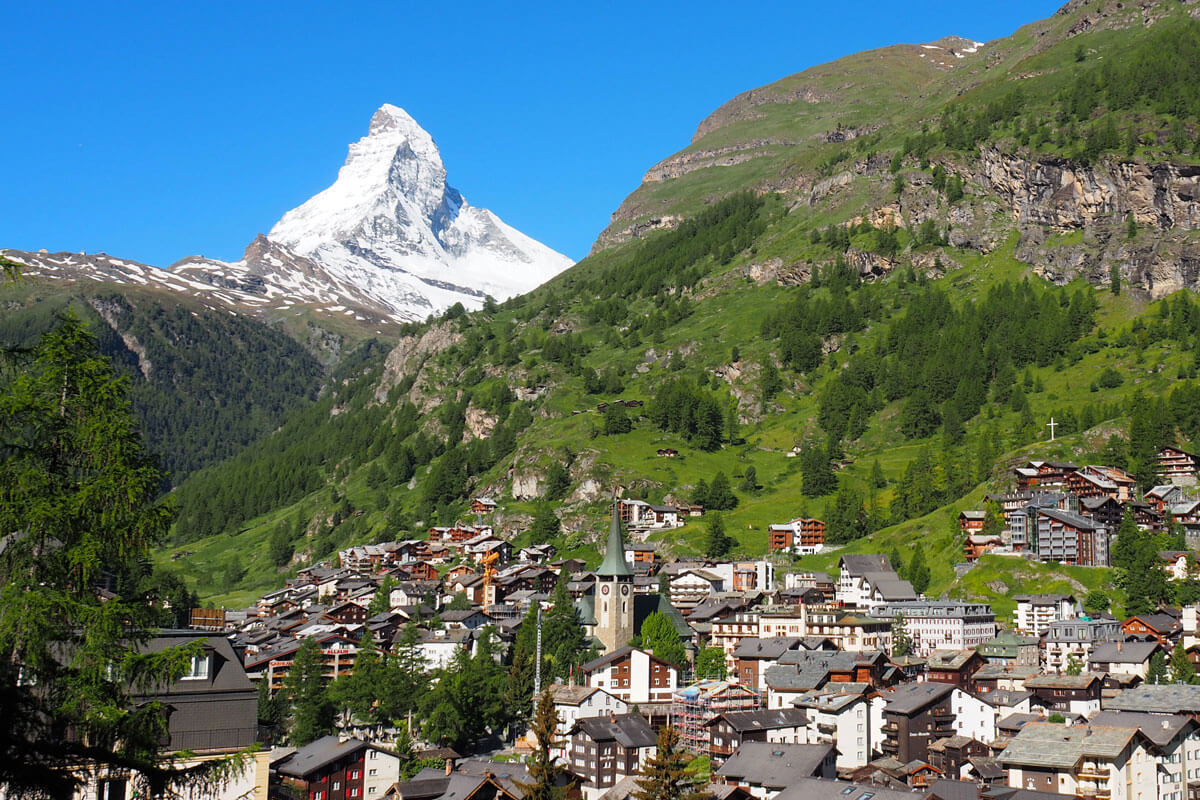

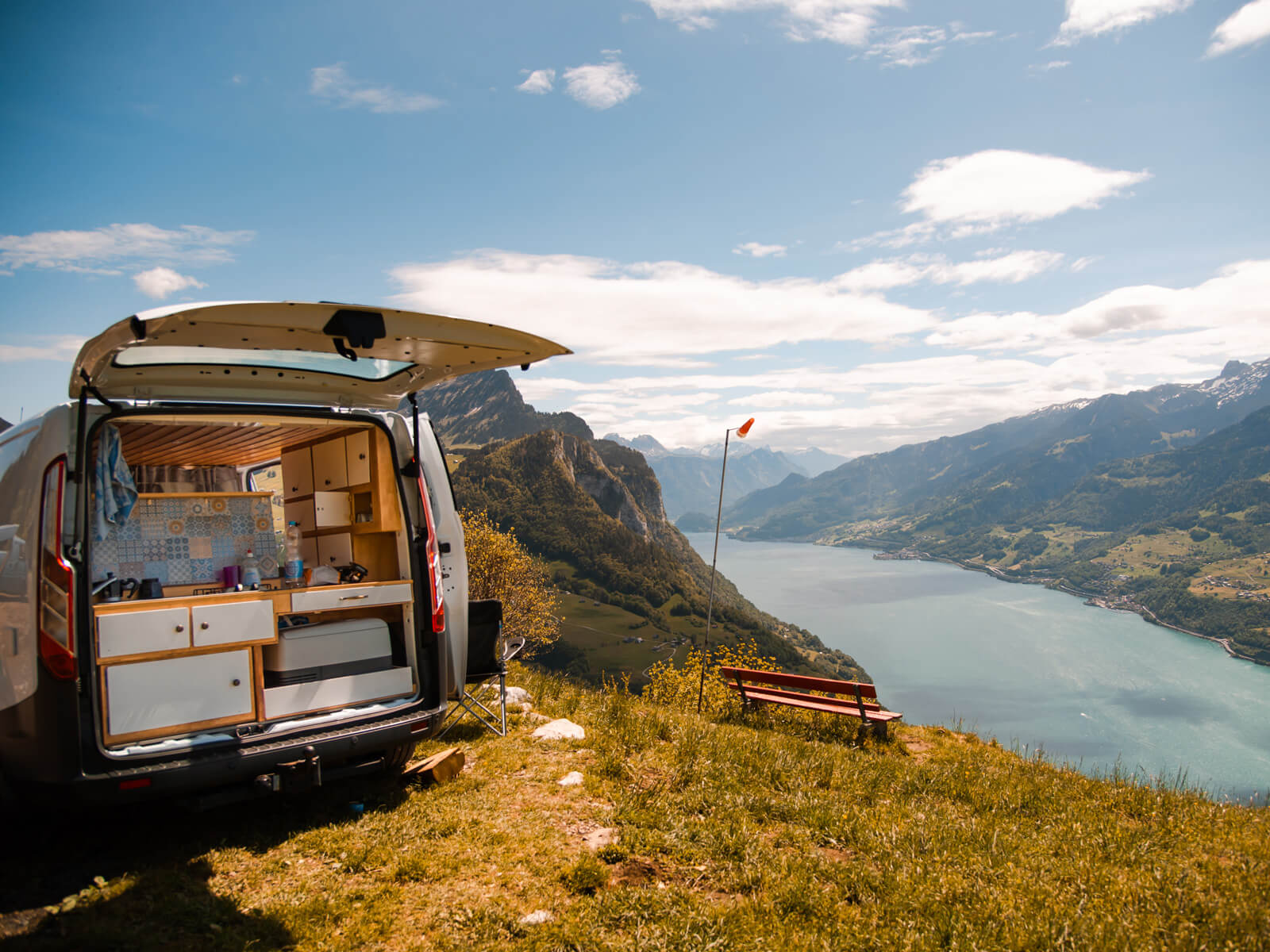
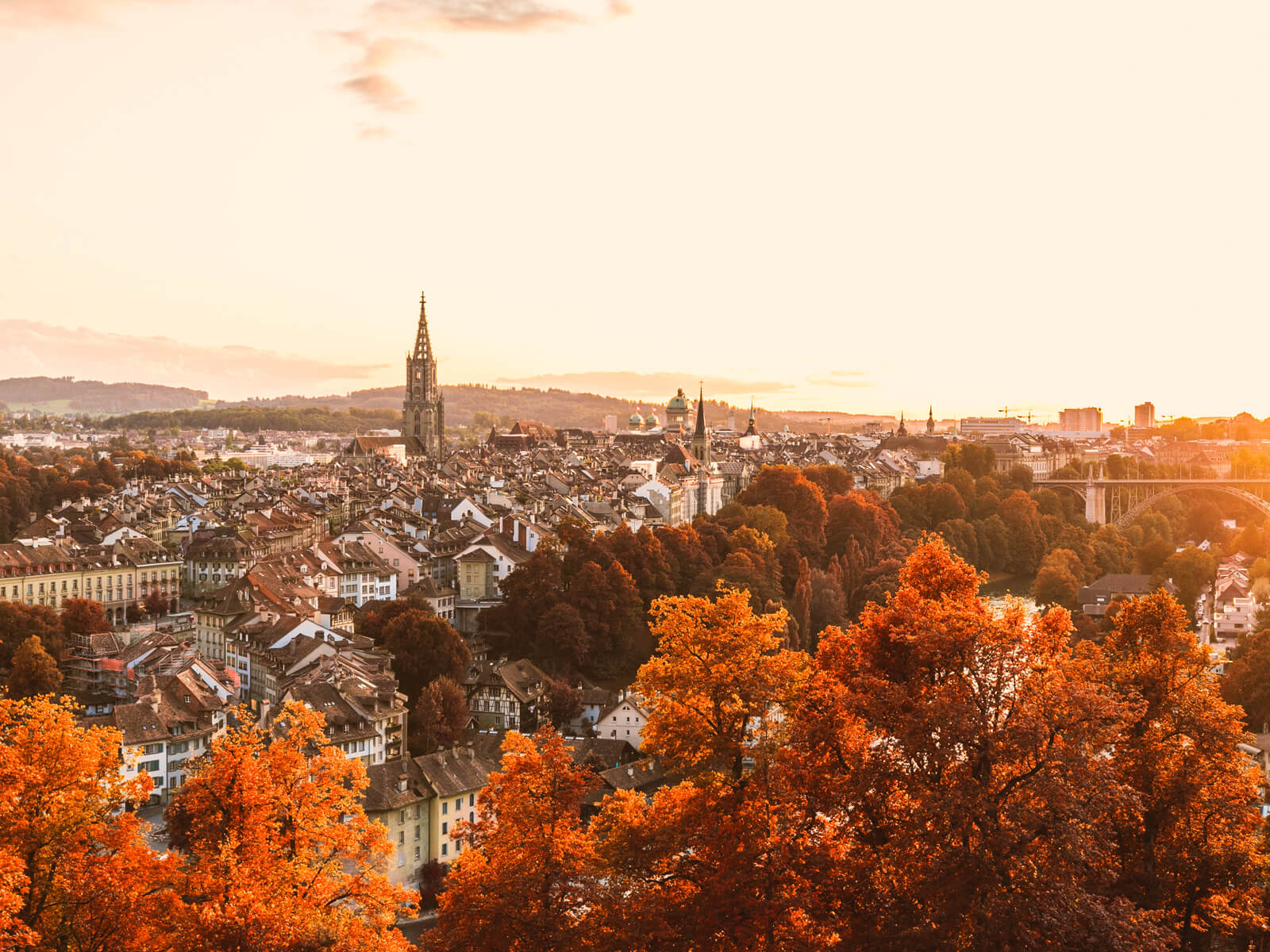

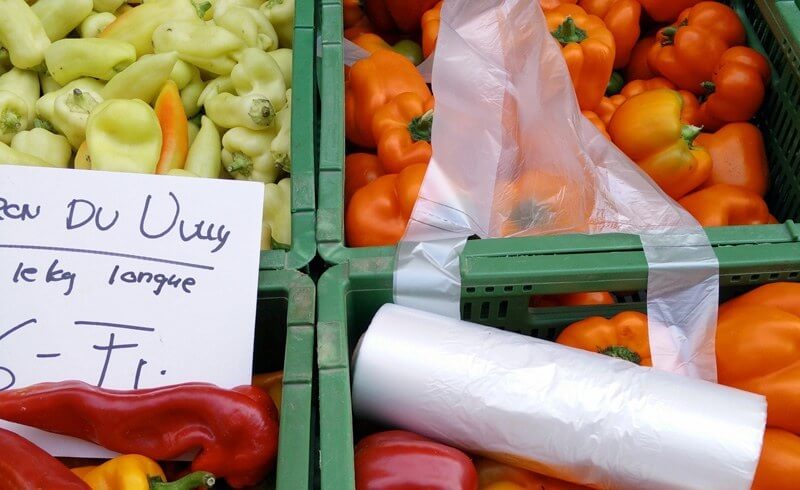
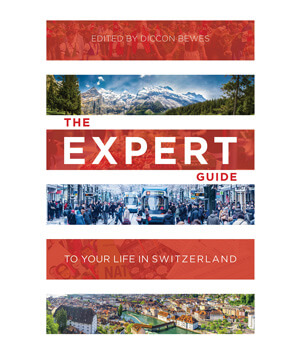
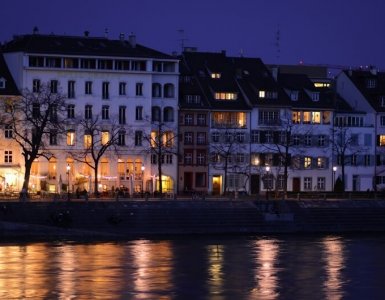
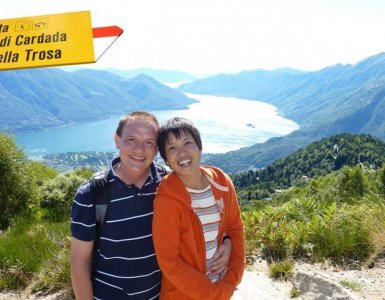
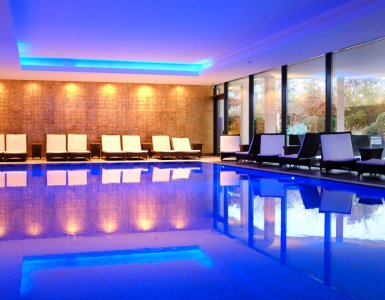

Add comment